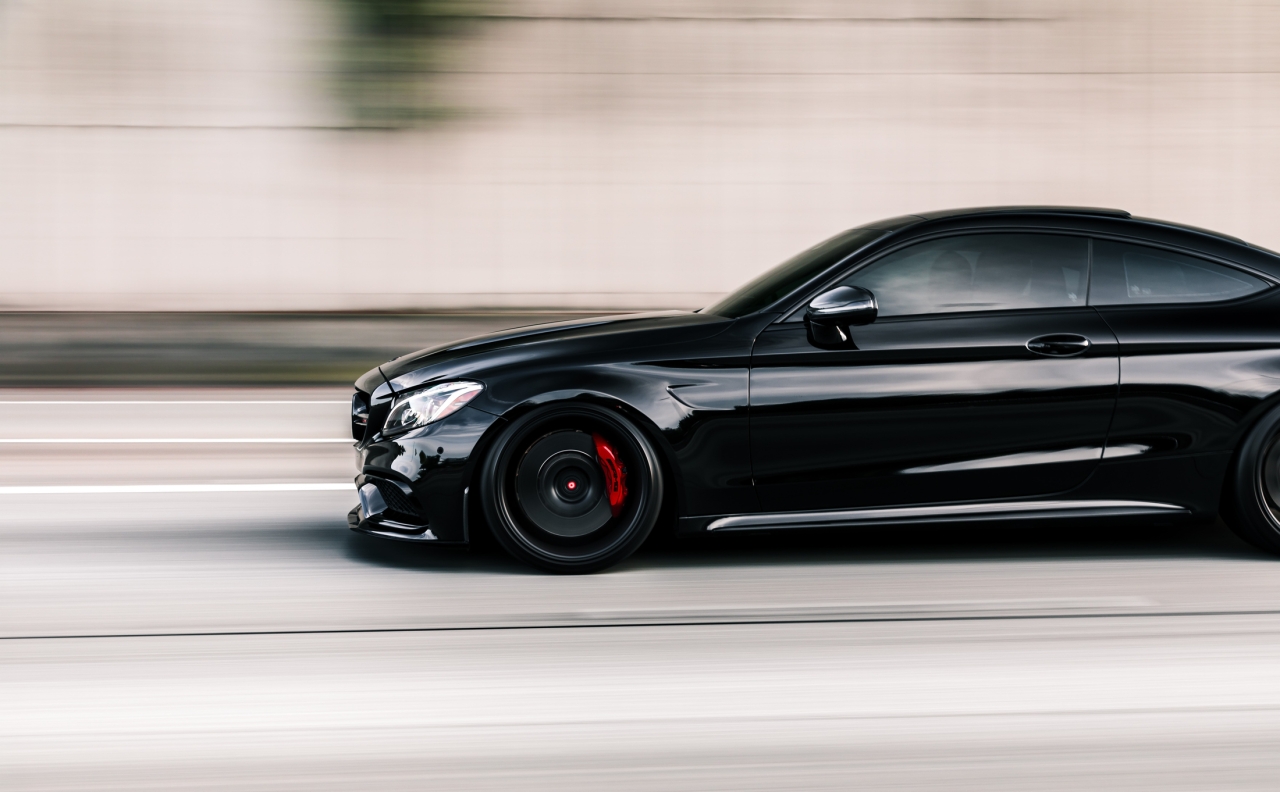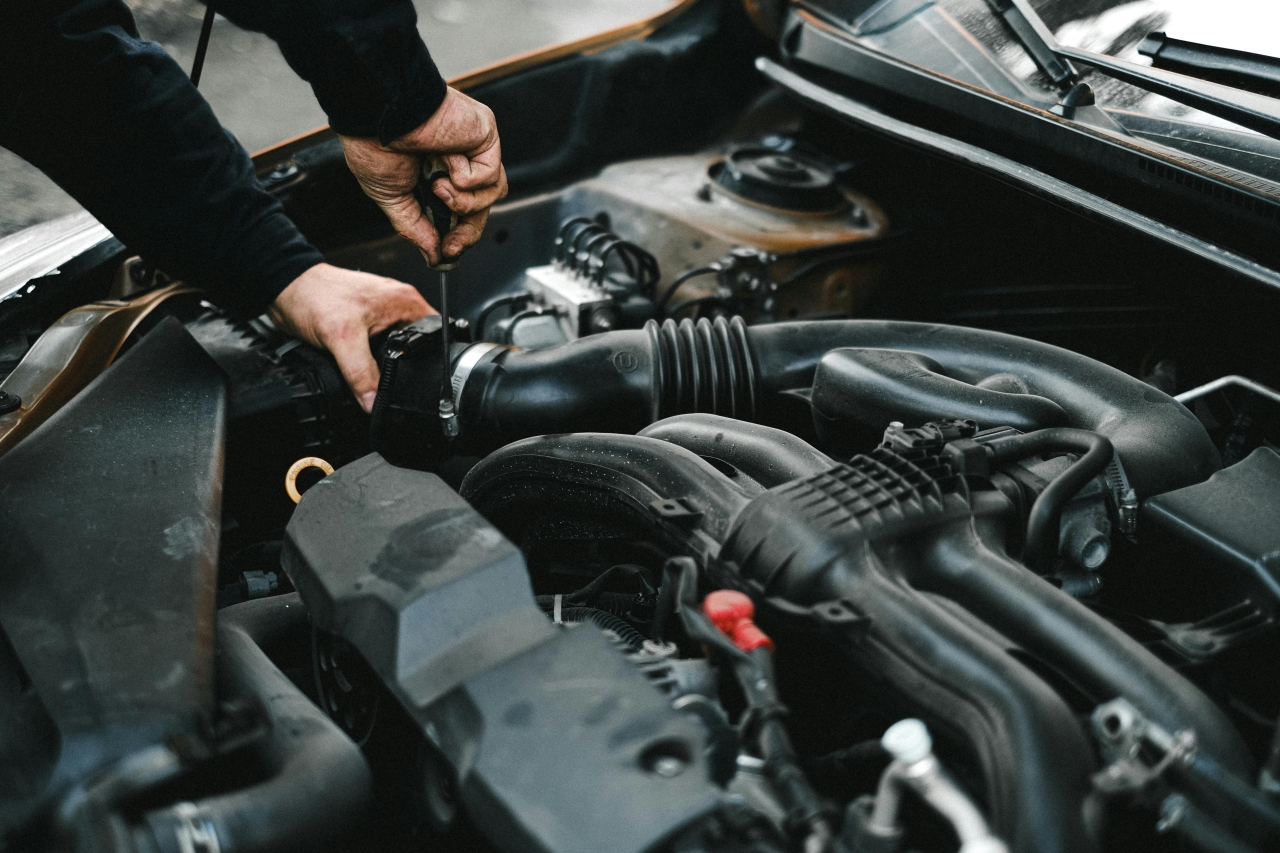Original, replacement or used – which car parts are the most cost-effective?
Choosing car parts is a balancing act between price, installation time, and durability, so it's important to understand the differences between original, aftermarket, and used OEM parts. Original parts guarantee the full manufacturer's specifications, but they can be more expensive and harder to find in older models. Aftermarket parts reduce the purchase price but sometimes require customization, which increases TCO and extends vehicle downtime. Used OEM car parts retain their geometry and pinout, often reducing installation time by up to several hours. This text summarizes facts, VIN/OEM selection procedures, practical cost and quality comparisons, tables, and FAQs. Subtly but effectively, Global Parts helps confirm fit and availability for a specific model.
Car parts – three choices and their consequences
Each of the three paths (original, replacement, used OEM) has a different cost and risk profile for installation; it's crucial to calculate the total cost of ownership (TCO), not just the invoice price. Original (OE/OEM) parts offer full material and dimensional compatibility, but their price and delivery time can be higher, especially for rare versions. Replacement parts are widely available and cheaper, but for complex assemblies they may require adapters and additional accessories. Used parts – preferably used OEM parts – usually hit the mark because they come from the same model year family and retain the manufacturer's specified mounting specifications. Experience shows that selecting by VIN/OEM and sticking to a single component family minimizes the number of corrections and shortens the vehicle's delivery time. 
Car Spare Parts – When Original Equipment Has an Advantage
In safety systems and critical nodes (SRS, ABS/ESP, timing, brakes, load-bearing elements) original parts They ensure predictable installation and homologation-compliant parameters. For new model years, catalogs are complete, and the documentation takes into account year differences, so integration is smooth and unpredictable. The disadvantages can be cost and limited availability for niche versions; in such cases, the practical route is OEM used or remanufactured. It's worth remembering that original harnesses and modules usually "talk" to the rest of the systems without additional coding, which reduces the risk of errors. If full integrity and no compromises are a priority, OE/OEM can be the most predictable choice.
Spare parts – where aftermarket pays off
For simple consumable items (filters, pads, rotors, spark plugs, coils), quality aftermarket brands offer a good price-to-quality ratio. For styling and visual components, aftermarket replacements will meet expectations, provided installation parameters are met. However, attention to detail is essential: a 2 mm difference in port diameter, a different connector type, or a minimal thickness deviation can add hours of work. For complex components (comfort modules, transmissions, bumpers with radars), it's better to go with a used OEM. The strategic advantage of aftermarket replacements is the wide availability and quick replacement of consumables, which every car shop and service center appreciates.
Used Parts – Where OEM Used Wins on Total Cost
Used OEM parts maintain the manufacturer's specifications, so they usually don't fit: the wiring harness, mounting angles, and port diameters match. Availability is an advantage for 8-20-year-old cars – some parts are often available in several indexes consistent with the family. In numbers, savings reach 30-70% compared to a new reference, and the time saved results from fewer unplanned service visits. Competitor phrases often appear on the market: "plug & play," "quality checked," "tested," "low mileage," "90-day warranty," "next-business-day dispatch." In practice, success is determined by: VIN/OEM compatibility, family year, and a sensible combination – used carrier + new consumables.
Solutions – How to compare categories in real part designs
It's worth assessing each category with the same key: costs, fit, risks, and numbers where possible. The following subsections organize the reasoning: from critical components ( engine ), through transmissions and drivetrain ( gearboxes, differentials ), to stylistic and ergonomic elements ( rims, steering wheels) . ). This makes it easier to calculate TCO – purchase cost, labor hours, accessories and the risk of post-installation corrections.
Engines – original, replacement or used?
The engine combines mechanics, control, and emissions, so complete replacements are practically nonexistent. The choice usually falls on a used OEM post/long-block or a rebuild with aftermarket parts that requires machining. A used OEM can save ~50-70% over a new one, and installation time is shorter because the hardware and ports are a 1:1 fit.
Engine – how to limit risk and monitor parameters
Safe installation = new consumables (gaskets, bolts, fluids) + "dry" fitting of accessories. A 2 mm difference in the connector or a different pin in the connector can "eat" savings. In diesel engines, DPF/EGR standards are important, in petrol engines - sensor families and fuel systems; after the first drive, it is worth checking the IAT/ECT logs and corrections.
Gearboxes – manual, automatic and DSG
A used OEM gearbox (manual/automatic/DSG) sits on factory flanges and brackets, so the mechanical work is shorter. Automatic/DSG gearboxes require adaptation and fresh oil, while manual gearboxes usually require a new clutch and bleeding. The total savings are typically 30–50% compared to a new gearbox, and the advantage increases when you factor in time.
Gearbox – selection and first ride checklist
- VIN/OEM and driveshaft/driver compatibility.
- Accessories: ATF/DCT, filter, cooler, clutch slave cylinder (manual).
- Adaptations after installation for AT/DSG, resetting old values; after 300–500 km, control oil change in case of intensive use.
Differentials – complete, remanufactured or used
New kits for older cars are rare, and repair kits require precision (backlash, gear pattern). A used OEM differential provides the correct ratio and flanges, so installation is predictable; savings of ~40–60%.
Differential – parameters and safety in 4×4
In AWD, the front and rear axles must have identical gear ratios, otherwise stress increases. Versions with eLSD and sensors require compatible harnesses; selecting the appropriate index solves the problem.
Rims and handlebars – handling and ergonomics
Rims affect the ET, width, and load capacity – any deviation changes the geometry and bearing loads. Handlebars require airbag/MFSW and harness compatibility – used original equipment has the correct rims and pins, which shortens assembly.
Rim/Handlebar – Practical Selection and Post-Assembly Check
After mounting the rims: balancing, checking the clearances relative to the calipers/wheel arches; a difference of 2-3 mm can be crucial. After replacing the steering wheel: verifying the airbag number, matching it to the steering column module, reading the error codes – these are safety issues, so servicing makes sense.

Parts – market and competition keywords (how to read them)
Offer descriptions often include phrases like "plug & play," "quality checked," "tested," "low mileage," "90-day warranty," and "next-business-day dispatch." These phrases translate to completeness and condition (bench test, donor mileage, short warranty period) as well as logistics. For the user, what matters most is what's not visible in the description: VIN/OEM compatibility, model year family, and a list of accessories. Only this combination determines whether the project will be completed in one go or will require further refinement. First, define your goals (comfort, installation speed, budget), then confirm VIN/OEM compatibility and choose your path: original equipment, aftermarket, or used OEM. The Global Parts team helps you select parts for popular brands—from engines and gearboxes, through differentials and accessories, to rims and steering wheels—so that installation is predictable and the result meets the driver's expectations.
TABLE – Category Comparison (Costs and Match)
| Category | New (OE) – cost | Replacements - cost | Used (OEM) - cost | Fitting/assembly |
|---|---|---|---|---|
| Engines | 1.00× | — (renovation elements) | 0.30–0.70× | OEM used: quick plug-in; overhaul = longer |
| Gearboxes | 1.00× | — (rarely complete) | 0.50–0.70× | AT/DSG adaptations, simpler manual |
| Differentials | 1.00× | — (repair kits) | 0.40–0.60× | In AWD, the front/rear ratio pairing |
| Rims/handlebars | 1.00× | 0.60–0.90× | 0.40–0.60× | OEM = proper ET/MFSW/airbag |
| Accessories (sensors, modules) | 1.00× | 0.50–0.90× | 0.50–0.70× | OEM used = correct pinology |
FAQ: Frequently asked questions by drivers \n\n| Question | Short answer | |---|---| | What does "OEM used" mean in the context of auto parts? | Original parts from dismantling, consistent with the manufacturer's specifications and year family. | | How to select a part by VIN/OEM? | The VIN filters the version and equipment; the OEM number completes the selection of a specific reference. | | When does a replacement make the most sense? | In operation (filters, pads, spark plugs) of quality brands; in complex units it is better to stick to OEM. | | How to calculate the profitability of a purchase? | Take into account the purchase cost + labor hours + accessories (gaskets, oils, screws). | | Do used car parts come with a warranty? | Often yes; usually a short period with assembly conditions and test protocol. | | What about safety around rims and handlebars? | Check ET/load capacity and airbag/MFSW compatibility; have installation carried out by a service centre. | | Does Global Parts help with selection? | Yes, advisors verify the VIN/OEM and prepare accessories for installation. | ||